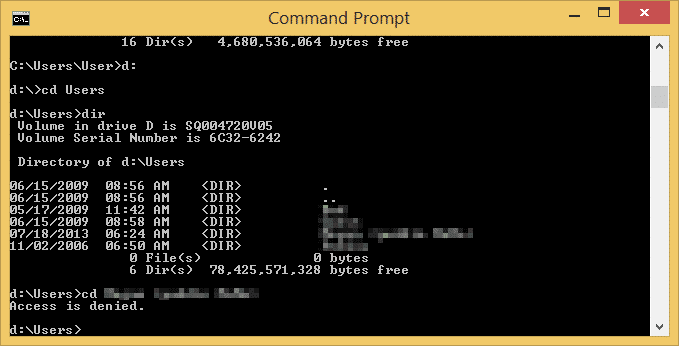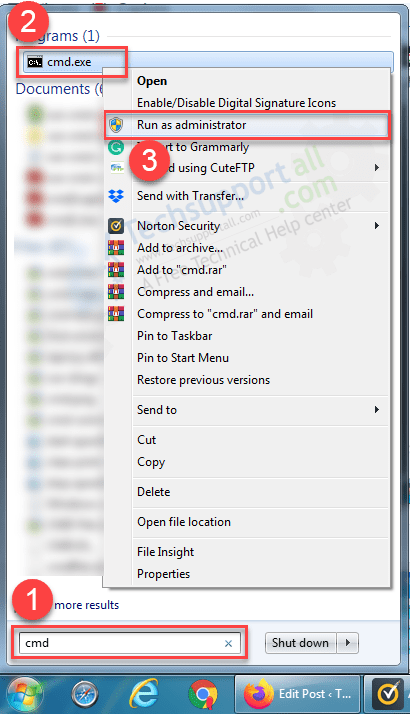

We don't recommend this workaround because the permissions are reapplied during Group Policy updates. Select OK to apply the Group Policy changes.Īpply the GPO to the affected computers by waiting for Group Policy to update or by starting the update manually. Query Template, Query Status, Enumerate Dependents, Start, Pause, and continue, Interrogate, Stop Query Template, Query Status, Enumerate Dependents, Pause, and continue, Interrogate, User-Defined Control

Query Template, Query Status, Enumerate Dependents, Start, Pause, and continue, Interrogate, Read Permissions, User-Defined Control

Select the Define this policy setting check box, and then select Enabled.Įxpand the Security node to make sure that the following properties and objects are set to Allow. Locate the policy: Computer Configuration\Policies\Windows Settings\Security Settings\System Services. And it should be linked so that the new GPO is applied to only the affected computers.Įdit Group Policy in the Group Policy Management Console. A new Group Policy object (GPO) should be created for this workaround. You can use the Group Policy Management Console to configure a domain-based policy that sets security to the default configuration after you upgrade the server. Try to use one of the following features:Īlso, make sure that you can switch users and that the Secondary Logon service starts correctly. Sc sdset seclogon D:(A CCLCSWRPWPDTLOCRRC SY)(A CCDCLCSWRPWPDTLOCRSDRCWDWO BA)(A CCLCSWRPDTLOCRRC IU)(A CCLCSWDTLOCRRC SU)(A CCLCSWRPDTLOCRRC AU)S:(AU FA CCDCLCSWRPWPDTLOCRSDRCWDWO WD) You should log on as an administrator before you run these commands.Īt the command prompt, type the following command, and then press ENTER:

You can use the Sc.exe command prompt utility to set the security to the default configuration after you upgrade the server. Workaround 1: Use the Sc.exe command prompt utility This problem prevents a standard user from starting this service and from running an application as a different user. The discretionary access control list (DACL) for the Secondary Logon service isn't set correctly when you upgrade Windows Server. In this scenario, you receive the following error message: You try to use one of the following features:.You upgrade a computer that's running Windows Server.This article provides some workarounds for an issue where you can't use the runas command, the Run as Administrator option, or the Run as a different user option after you upgrade Windows Server. Error when you use the runas command, the Run as Administrator option, or the Run as a different user option after you upgrade Windows Server: Access is denied


 0 kommentar(er)
0 kommentar(er)
